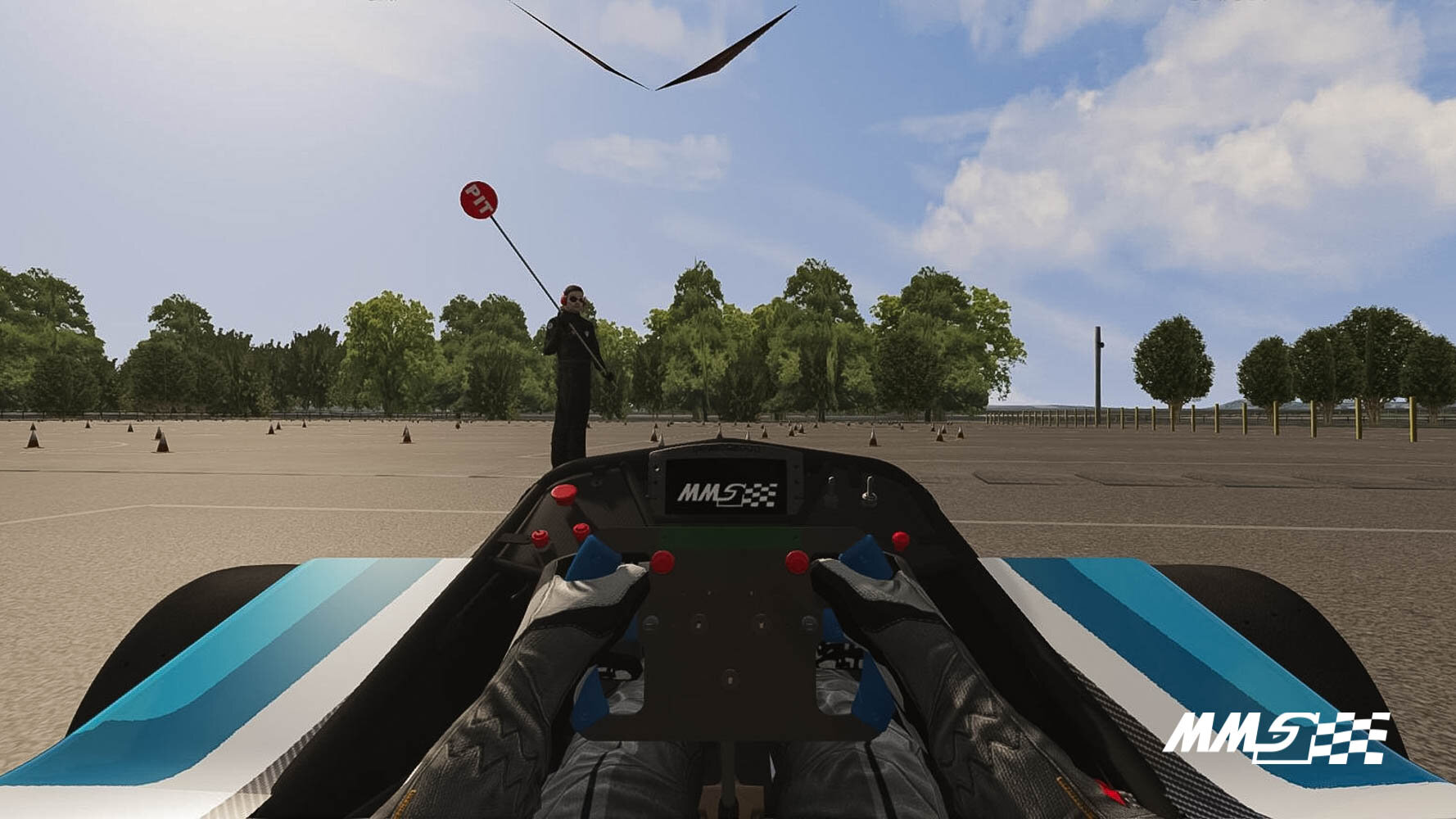Implementation of a Driving Simulator Within a Formula Student Team - Tom Behrendt, 2017
Monash Motorsport Final Year Thesis Collection
The Final Year Thesis, is a technical engineering assignment undertaken by students of Monash University. Monash Motorsport team members often choose to conduct this assignment in conjunction with the team.
These theses have been the cornerstone for much of the team’s success. The purpose of the team releasing the Monash Motorsport Final Year Thesis Collection is to share knowledge and foster progress in the Formula Student and Formula-SAE community.
We ask that you please do not contact the authors or supervisors directly, instead for any related questions please email info@monashmotorsport.com
Summary:
A driving simulator has been developed for use by Monash Motorsport, with the overall objective to improve the performance of a Formula Student (FSAE) team.
Introduction:
Formula Student (FSAE) is an international engineering competition in which universities design, manufacture and race open wheel style cars. The competition contains two disciplines; dynamic and static events. Dynamic events include Acceleration, Skid-pad, Auto-cross and Endurance competitions that test the performance of a car on track. Static events consist of Cost, Business Presentation and Design, which require students to justify their designs to a panel of judges and justify their business case and vehicle cost.
The purpose of this project is to identify how a driving simulator can be used to improve the performance of an FSAE team. The format of the competition requires that all drivers are students and more than often engineers from within the team. As a result, drivers must be trained and prepared for the competition. In the absence of a physical car and representative competition track for training, alternative methods must be explored.
The objectives of developing this driving simulation were to:
Create a resource that will assist in driver preparation for previously not driven tracks at both testing and competition. This includes both vehicle characteristics as well as track memorisation.
Provide an alternative, driver behavior based perspective during the design of a vehicle. Will a higher performance, larger, aerodynamic package disrupt driver visibility? This view in design is commonly dismissed in favor of raw performance values.
Deliver a hands-on experience representing Monash University at external events. This is to aid in improving overall public relations, with the aim to attract the public and invite discussions regarding the team and project.
Conclusions:
The Monash driving simulator is the result of significant input and development with both engineers and drivers of the Monash Motorsport team. It is a product that can be used to develop key vehicle dynamic characteristics in a car for an previously not driven track. It also opens an alternative avenue for concept design, aiding in visualising the driver’s perspective in a simulated environment.
The driving simulator provides an approximate indication for both gear position, lateral acceleration and lap time for a given track configuration. A simple method was used to calculate a tire model, with a lateral coefficient of friction determined to be 1.75. This was determined through comparisons to physical testing and telemetry in the driver simulator. Powertrain properties including the gear ratio, final drive ratio and torque curve were compared through both the physical on-track testing as well as dynamometer testing. The result is a simulator that can provide relative validity in both RPM vs speed, and lateral acceleration vs time plots for a given track. This fundamental data is the basis on which future validation can be built on, as well as use in concept design for future physical cars.
In order to try out our car, you have to own Assetto Corsa. If you do, here's a link explaining how to install mod cars and tracks onto it.


